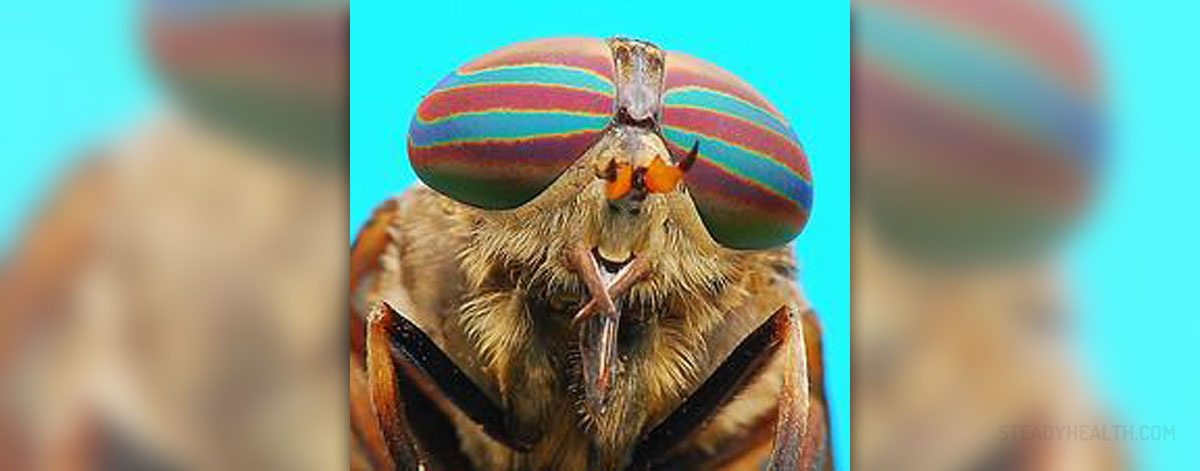
Horse fly is an insect in the order Diptera, family Tabanidae. Horse fly is one of the world’s largest flies. They are very noisy, may often bite, and are commonly considered pests. However, Mother Nature has a special place for these annoying insects, since they are some of the most important pollinators of flowers, especially in South Africa. In Africa, these insects move pollen from the male anthers of a flower to the female stigma of a flower, fertilizing the flowers and making it possible to reproduce and deliver fruit. Horse fly is present all over the world but, since it cannot stand the extremely cold climate, it is absent in the far northern and southern latitudes. Horse flies are also known as gadflies, zimbs, clegs, march flies, or bull dog flies. There are approximately 4500 species of horseflies worldwide.
Horse fly description
The most distinctive feature on the horse fly is the large brightly colored eyes. However, the colors of horse fly's eye remains vivid only while the insect is still alive. They rarely persist after death. Horse flies feed on nectar and sometimes on pollen, but female flies also feed on blood, which is important for development of their eggs. Male horse flies feed only on nectar and pollen, since they do not have mouth apparatus for blood feeding. In most of the cases, females feed on mammal blood, and rarely on birds, amphibians or reptiles. The characteristic big colorful eyes are actually important only when it comes to locating a prey. Female flies usually rest in a shadow, waiting for the prey to approach. It seems like the horse flies are attracted to large and dark objects in motion. Once they decide to attack, they puncture the skin with their needle-like organ used to rip a tiny piece of flesh apart. At this point, the blood from the wound starts oozing, and the horsefly licks it up.
The bite is usually very painful and when they attack humans, they usually target lower parts of the body: buttocks, legs, and feet. They are most active during summer and early autumn, when the weather is very hot. Horse flies usually operate during the daylight hours.
Dangers
Horse flies are associated with some of the blood-borne diseases in animals and humans. They are vectors of the Equine Infectious Anaemia Virus, also known as swamp fever, a horse disease caused by a Retrovirus and transmitted by bloodsucking insects. They are also biological vectors of Loa loa, an infectious tropical disease, transmitting this parasitic filarial worm between humans.
- www.cdc.gov/tularemia/
- www.cdc.gov/lyme/transmission/index.html
- Photo courtesy of Mike Keeling by Flickr: www.flickr.com/photos/42684459@N00/1161182383/


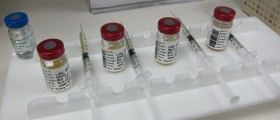
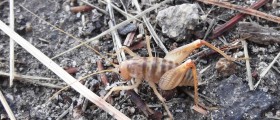


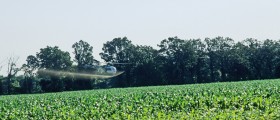
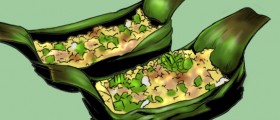
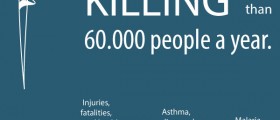
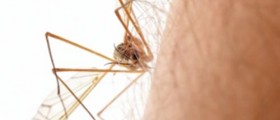
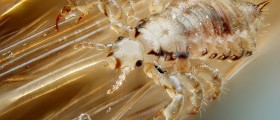
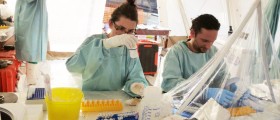

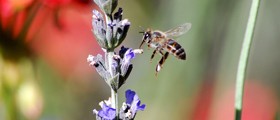
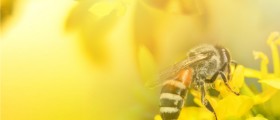
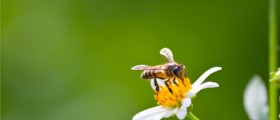
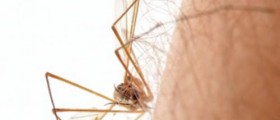
Your thoughts on this
Loading...